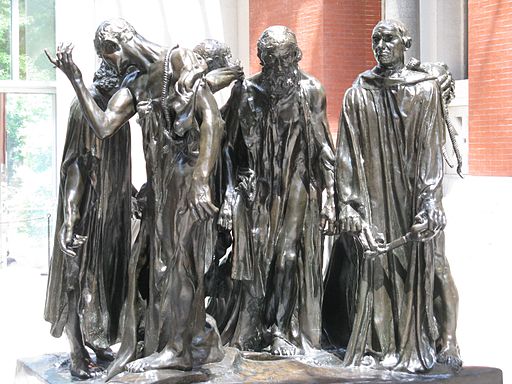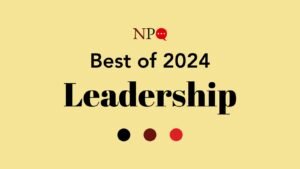
March 1, 2017; New York Times, “Art & Design”
“Right now, America is in an emotionally and morally raw moment. Diversity everywhere is under attack; the culture wars are back. Our cultural institutions cannot not react. Mr. Campbell did so, mainstream, last month in a New York Times Op-Ed article on why art matters, demanding the preservation of the National Endowment for the Arts, which is now under threat. It was an important statement, a valedictory gesture, it turns out, and a worthy one. It set an example of public activism that his Met successor should heed and follow.”—“How to Fix the Met: Connect Art to Life,” Holland Cotter.
Yesterday, we discussed the resignation of Thomas P. Campbell as director and chief executive officer of the Metropolitan Museum of Art and his replacement, at least temporarily, by the president and COO. The story being told at that point was of an historic institution trying to work its way into even greater relevance and seeing uneven results. The feeling one would walk away with from that article was that Campbell himself had uneven support.
But, in our opinion, there’s almost no way he would not have faced a divide. Campbell took risks, made bold moves, and expended capital—and not everyone approved. That’s as might be expected in any institution, and especially true with one built on tradition, in the form of some of the world’s most gorgeous icons. Still, he did make some progress in turning the ship around.
A remarkable essay by Holland Cotter in the New York Times rightly describes the museum as “complex, high maintenance and structurally antiquated” and in need of change, the shape of which was still uncertain.
“The Met had to change,” Cotter wrote, “basically from a 19th-century analog museum to a 21st-century semi-digital institution. But nobody knew quite how.”
The board made Campbell’s hiring conditional upon seeing that change through, even though it wouldn’t be easy. Campbell’s predecessor as director, Philippe de Montebello, has been described as outright disparaging of new art, so by the time the Met began buying it in earnest, the market was overpriced. Some initiatives worked and some did not, and each of those failures in such an august institution was available for public consumption.
Sign up for our free newsletters
Subscribe to NPQ's newsletters to have our top stories delivered directly to your inbox.
By signing up, you agree to our privacy policy and terms of use, and to receive messages from NPQ and our partners.
Where has the money gone? To what some people see as crazy things: an absurdly costly rebranding campaign; dubious digital initiatives; and the leasing of the Whitney Museum’s Breuer Building, with the idea of making the Met a contemporary art contender. Again, purely in terms of art, the Breuer venture, after a rocky start, has been a success, though a hugely expensive one.
For a while now, the museum has been looking good, but not feeling that way. I’ve often picked up a sense that people were gunning for Mr. Campbell early on, ready to find that he could do no right.
Cotter’s musings about the social context of museums and the need for balanced and diverse leadership are nothing short of inspired:
What I can talk about is art, and how a museum can make people care about it. If historical art is now a hard sell, and it is, learn to sell it hard. That means, among other things, start telling the truth about it: about who made objects, and how they work in the world, and how they got to the museum, and what they mean, what values they advertise, good and bad. Go for truth (which, like the telling of history, is always changing), and connect art to life. Mix things up: periods, functions, cultures. (You can always unmix them.) Let audiences see that old is always new, if viewed through knowledge.
To present art this way—to pitch it, advocate it, make it snap to life—is to rethink the basic dynamic of a museum, turn it from passive to active, from archival to interactive, while letting it be all of these. This is the work of curators, and the Met has some fantastic ones. But to do their job boldly and radically, they need the attentive, encouraging permission of an alert director, probably meaning one who isn’t also saddled with being the company’s chief accountant.
Cotter ends by calling upon the Met to diversify its leadership and curatorial staff with more women and people of color. This is an absolutely great place to end this wonderful essay. Museums are one of the few nonprofit fields that have been tracking their own diversity profiles; what’s been shown reveals relative immobility and the problem where diversity is found only in the lower ranks. Calling the Met into the current context means questions like these must be considered more centrally as a strategic concern.—Ruth McCambridge












